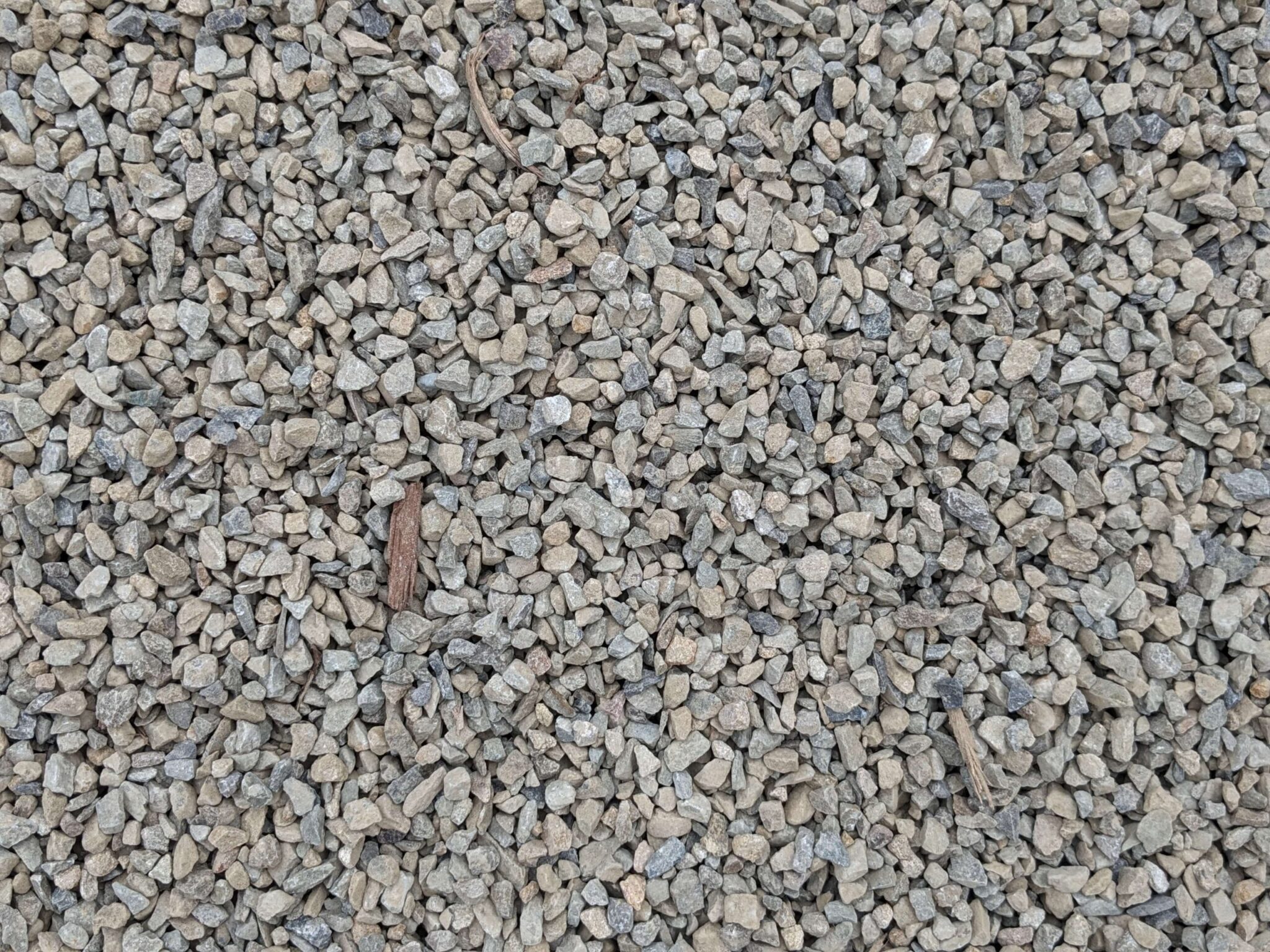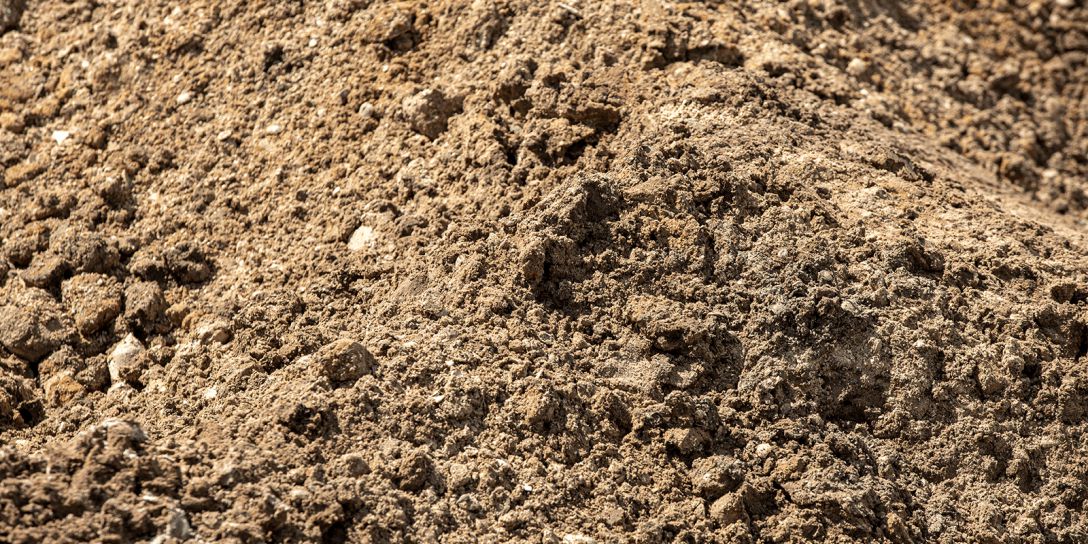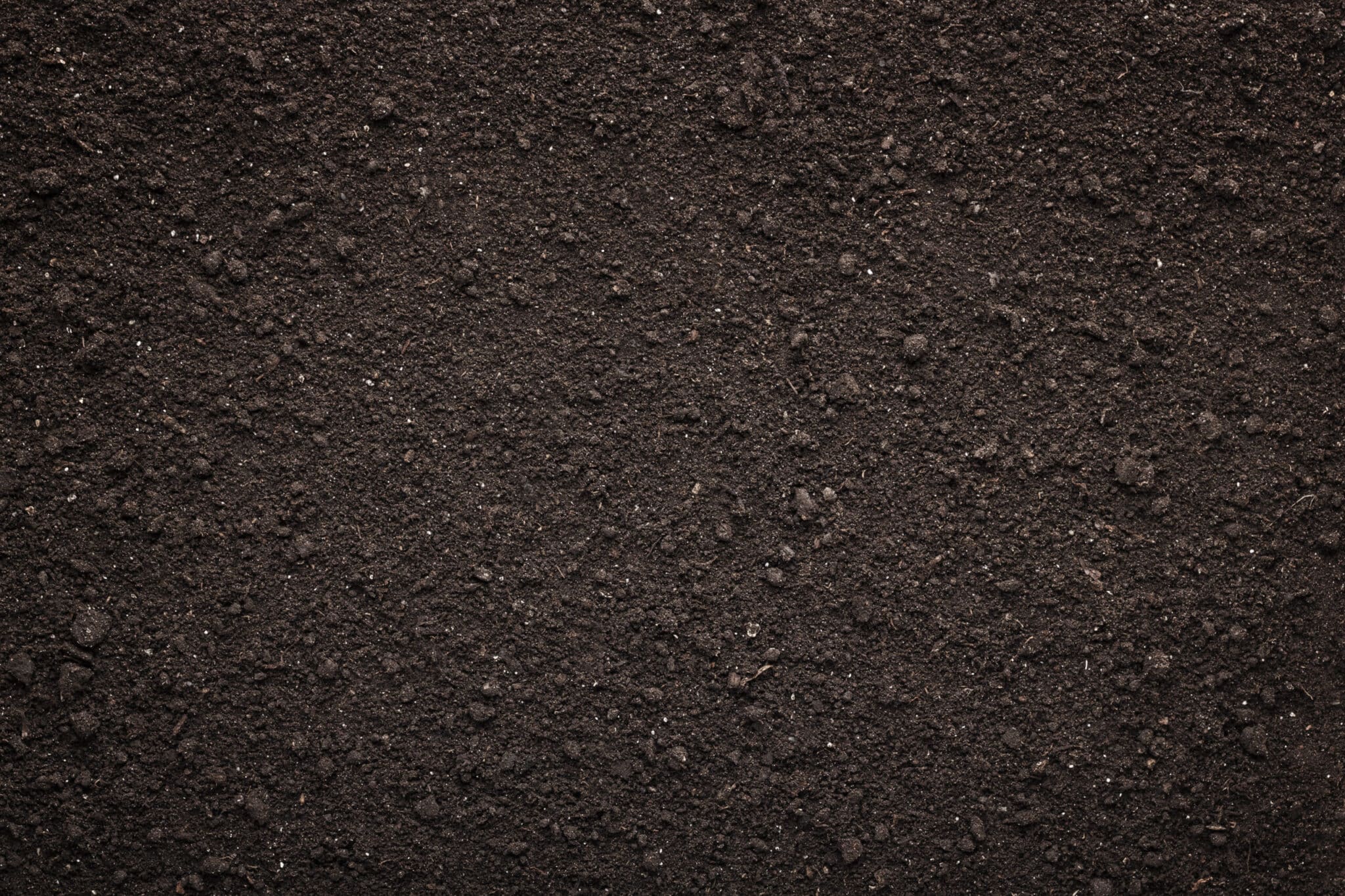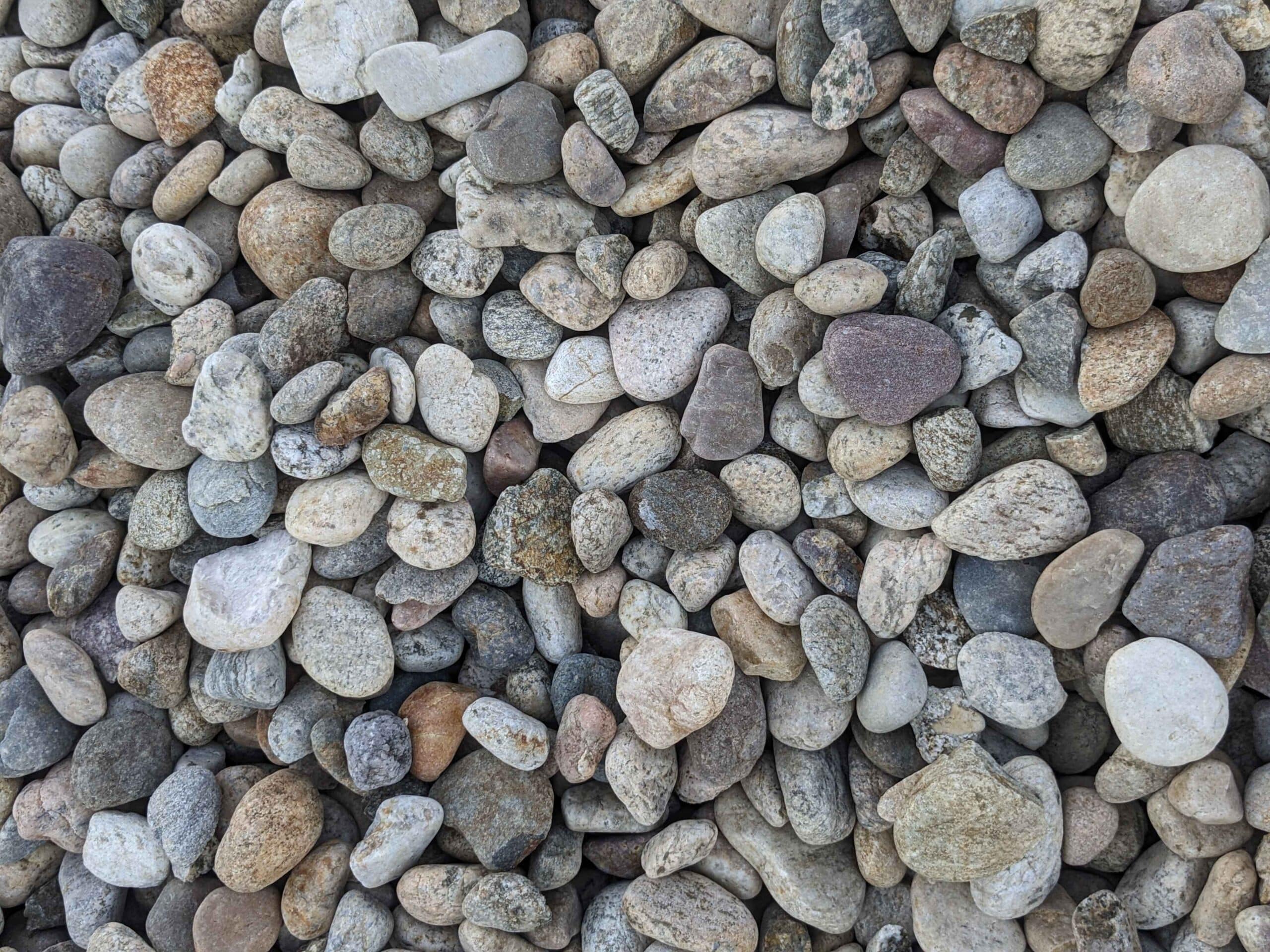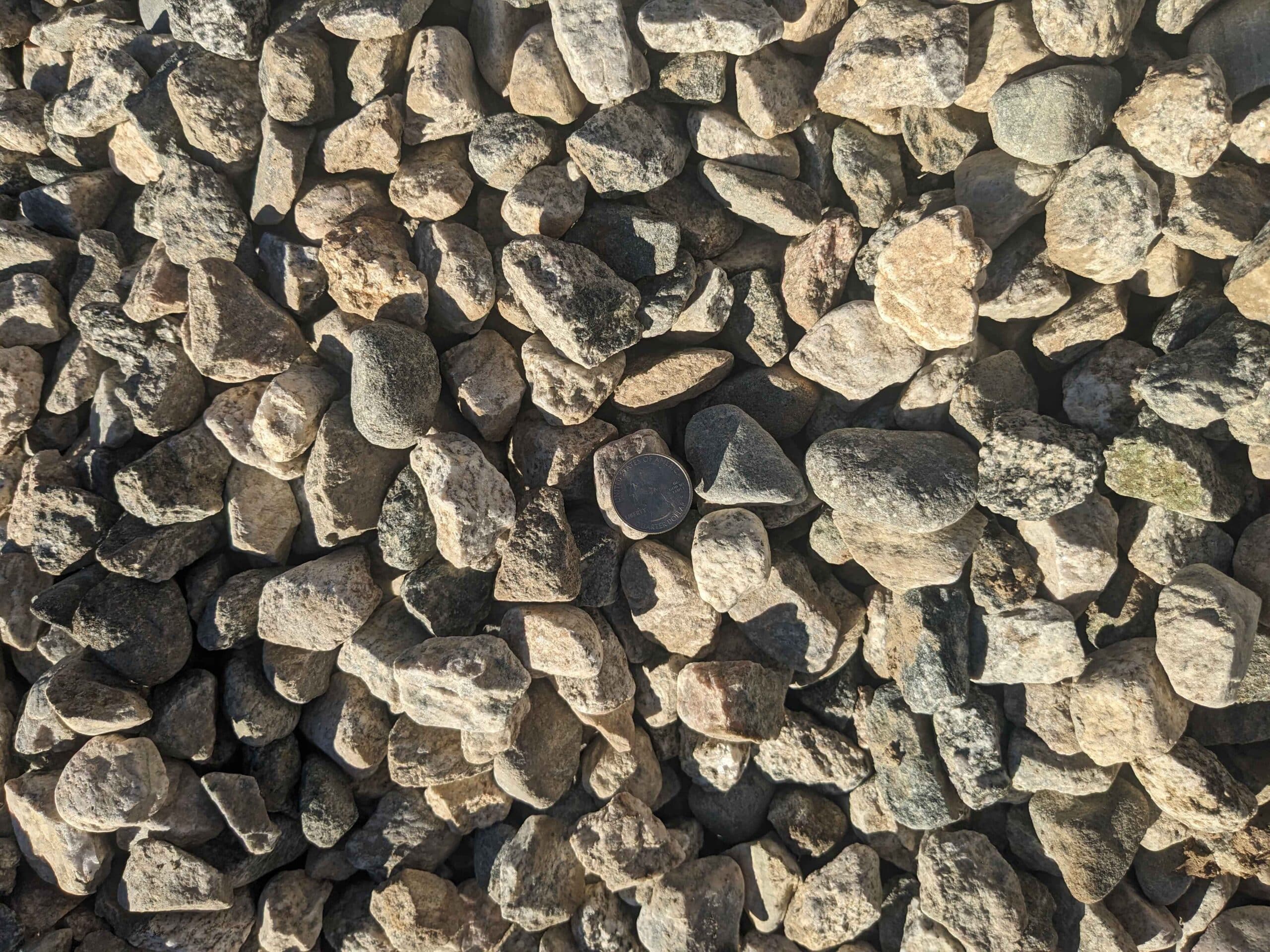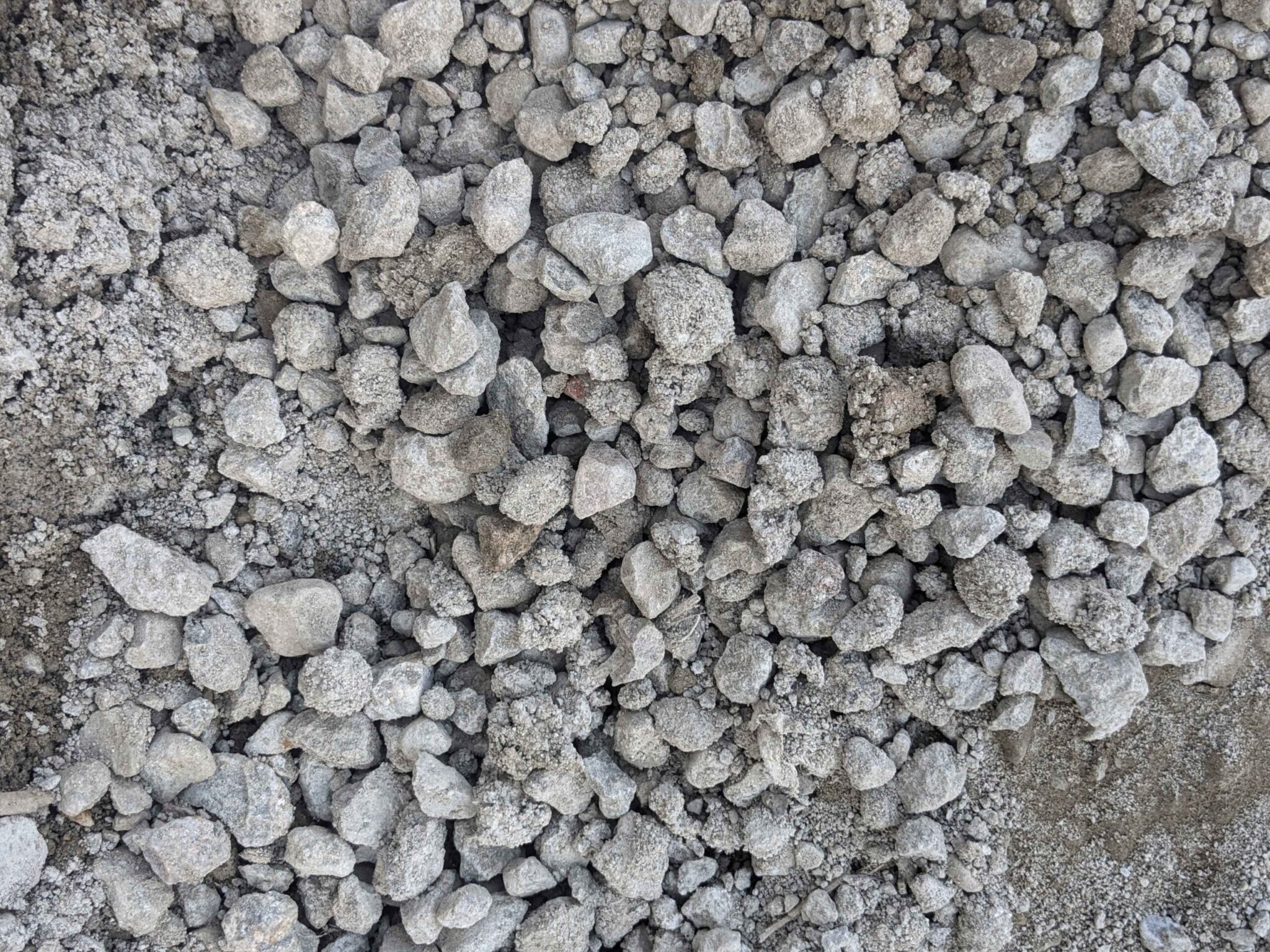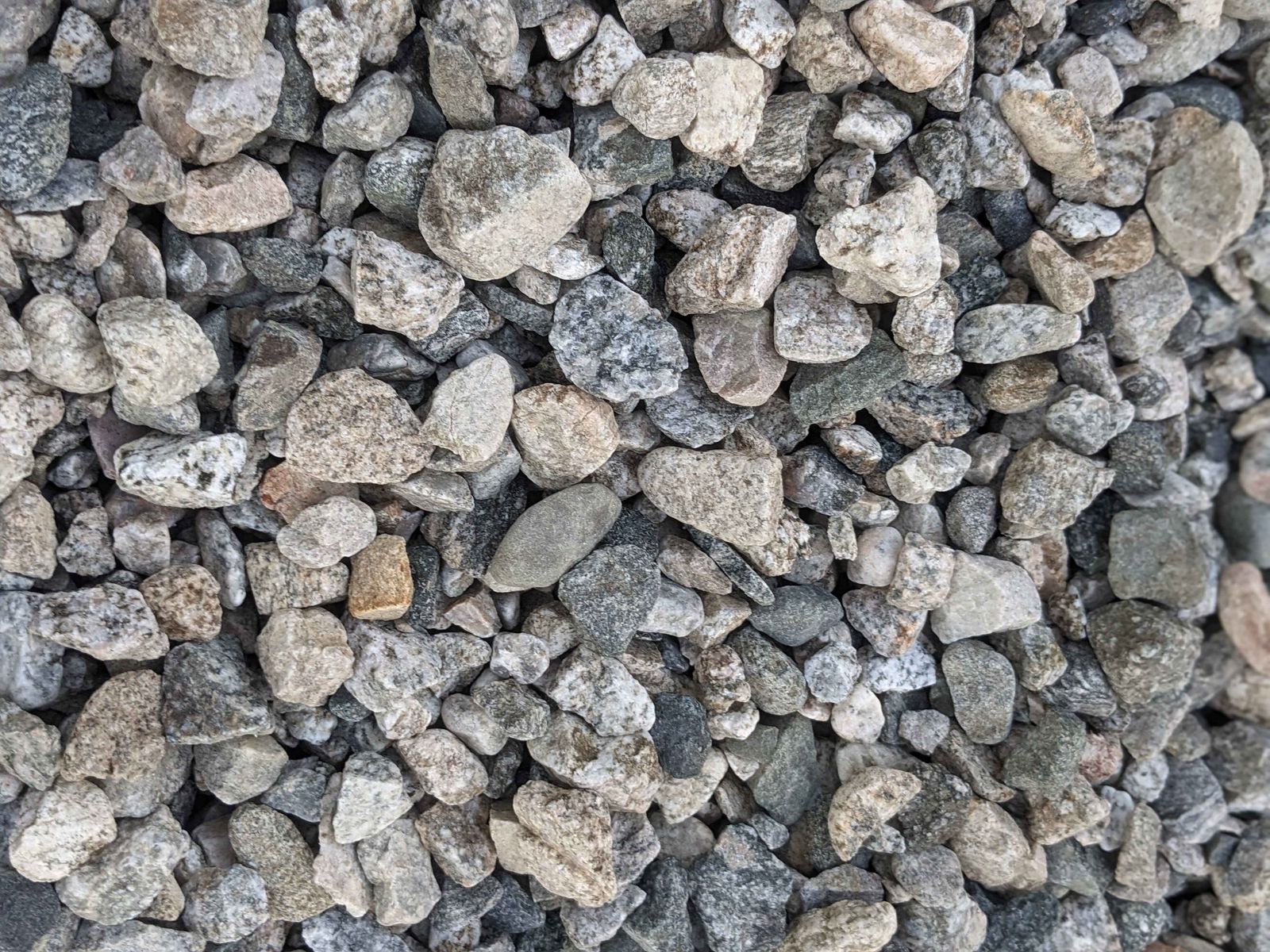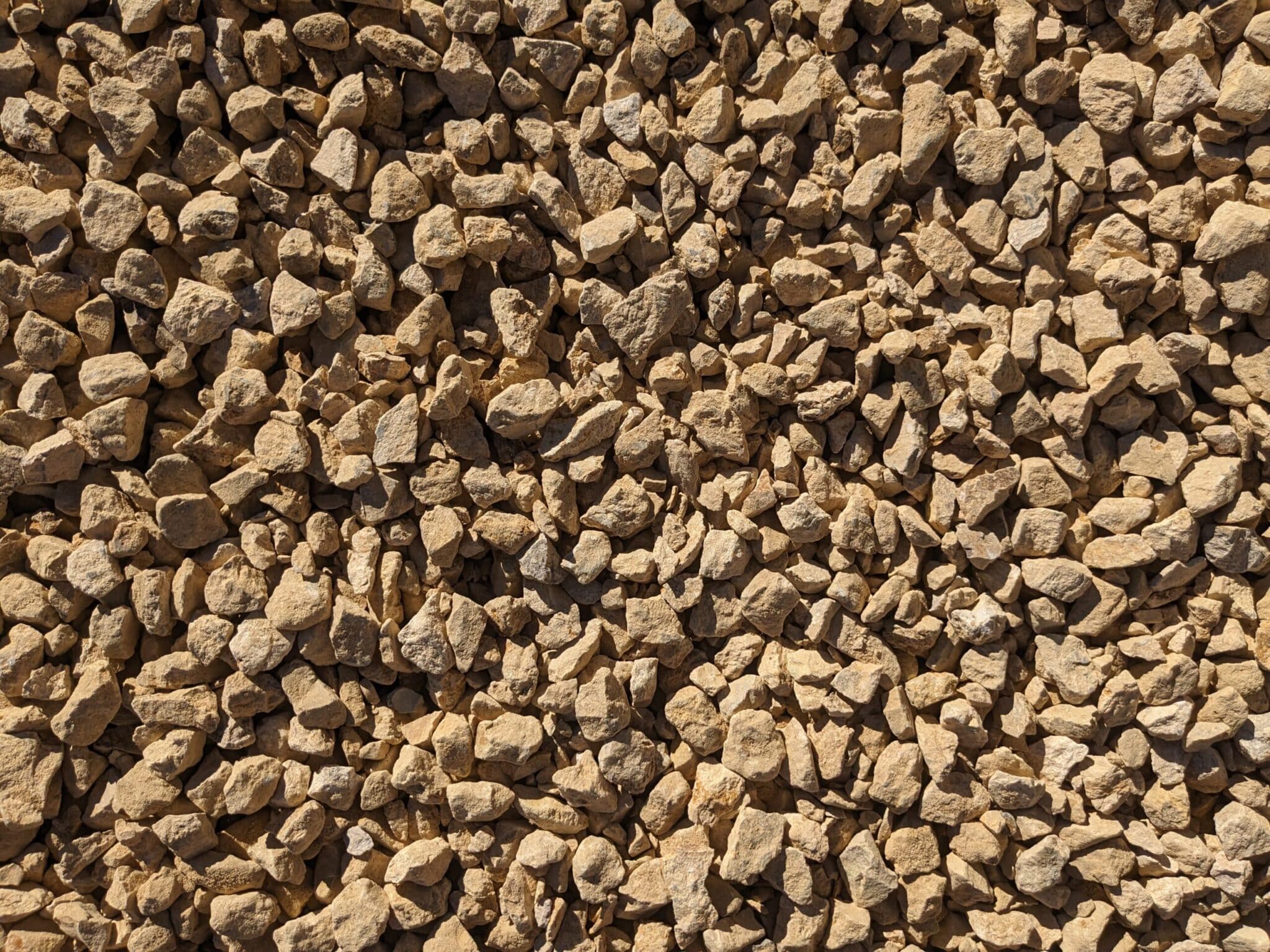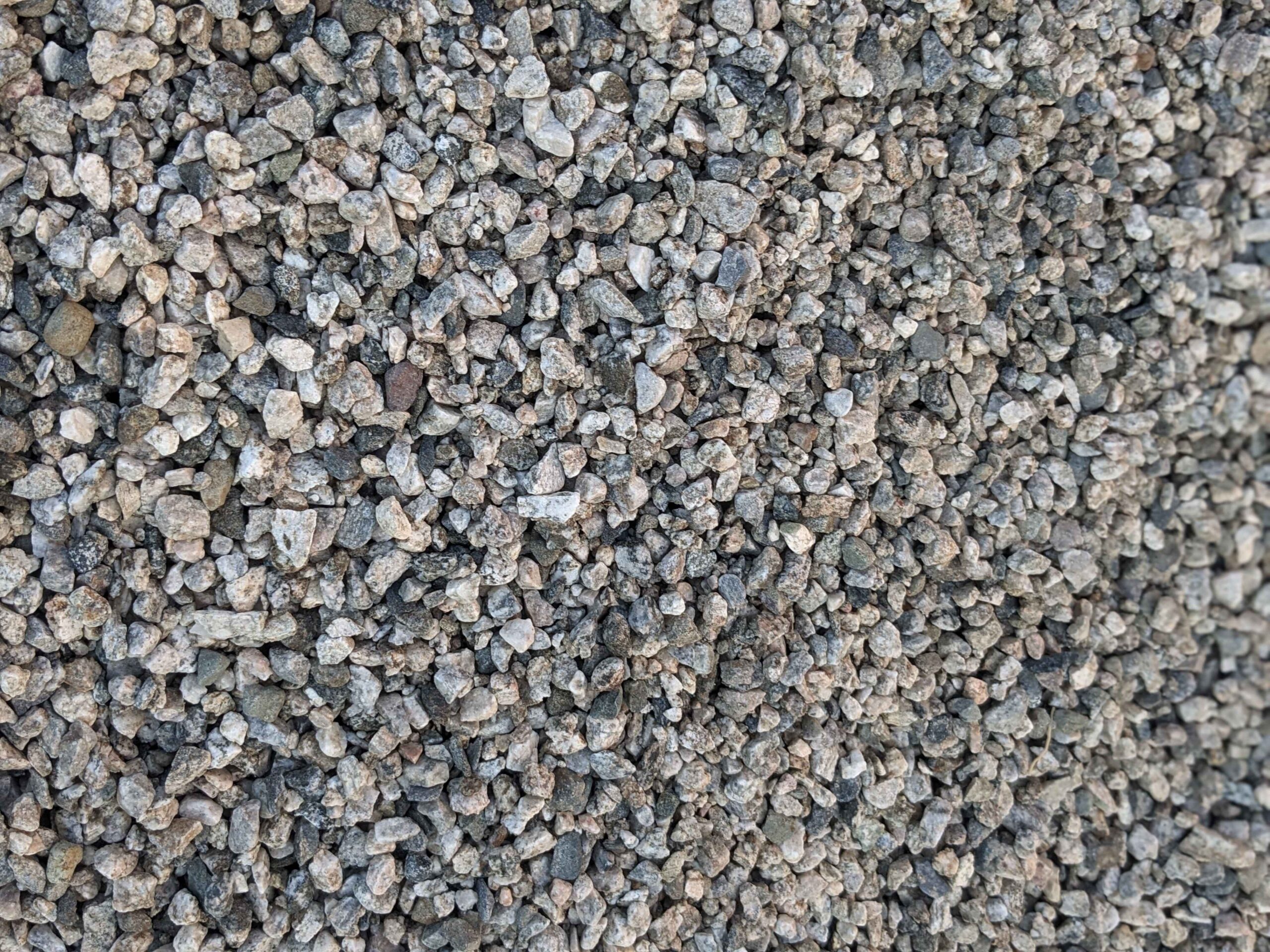
The art of gardening extends far beyond simply planting seeds and watering them. One crucial aspect that’s often overlooked lies beneath the surface: the realm of soil aggregates. Aggregates play a critical role in determining your garden’s overall health and productivity, as they directly influence everything from water retention to plant growth.
Understanding the Role of Aggregates in Gardening
Before diving into the specific types of aggregates and their benefits, it’s important to have a fundamental understanding of what aggregates are and why they’re so crucial in gardening.
In the world of gardening, aggregates refer to a diverse range of materials that are used to enhance soil quality and promote optimal plant growth. These materials can include everything from sand and gravel to peat moss and vermiculite. By incorporating aggregates into your gardening practices, you can create an environment that is conducive to healthy and thriving plants.
The Basics of Soil Aggregation
Soil aggregation refers to the process by which individual soil particles bind together to form clusters, known as aggregates. These clusters are vital for soil structure, influencing everything from water retention and aeration to nutrient availability for plants. Aggregates can therefore significantly enhance the quality of your soil, leading to healthier, more vibrant plants.
When it comes to soil aggregation, size matters. Aggregates can range in size from tiny granules to larger clumps, and their size has a direct impact on the soil’s ability to support plant life. Smaller aggregates, such as those found in sandy soils, allow for excellent drainage but may struggle to retain water and nutrients. On the other hand, larger aggregates, like those found in clay soils, can retain water and nutrients but may have poor drainage.
Aggregates also vary in composition. Some aggregates are primarily made up of mineral particles, while others contain a higher percentage of organic matter. The type of aggregate found in a particular soil can greatly influence the soil’s ability to support plant life. For example, soils with a high proportion of organic aggregates tend to be rich in nutrients and have excellent water retention capabilities.
Why Aggregates are Essential for Plant Growth
Aggregates play an important role in supporting plant growth. First and foremost, they help create a favorable soil structure, which is key for plant roots to establish and grow. When soil particles are bound together in aggregates, they create pore spaces that allow for the movement of air, water, and nutrients. This promotes root development and ensures that plants have access to the resources they need to thrive.
Thanks to their porous nature, aggregates enhance the soil’s ability to retain water, ensuring that plants have a steady supply of this essential resource. When water is applied to the soil, it is absorbed by the aggregates and held in the pore spaces. This prevents excessive water runoff and allows plants to access moisture as needed, even during dry periods.
Furthermore, aggregates can enrich the soil with vital nutrients, further promoting plant health and growth. This is particularly the case with certain types of organic aggregates, which can break down over time, releasing beneficial nutrients into the soil. As these aggregates decompose, they provide a slow and steady supply of nutrients, ensuring that plants receive a consistent feeding throughout the growing season.
In addition to their role in water retention and nutrient availability, aggregates also contribute to soil aeration. The pore spaces created by aggregates allow for the exchange of gases between the soil and the atmosphere. This is crucial for root respiration, as plant roots require oxygen to carry out essential metabolic processes. Adequate soil aeration also prevents the buildup of harmful gases, such as carbon dioxide, which can inhibit root growth and overall plant health.
Overall, the use of aggregates in gardening is essential for creating an optimal growing environment for plants. By improving soil structure, enhancing water retention, and promoting nutrient availability, aggregates contribute to healthier and more productive gardens. Whether you’re growing flowers, vegetables, or a lush green lawn, incorporating aggregates into your gardening practices can make a noticeable difference in the success of your plants.
Different Types of Aggregates for Gardening
When it comes to gardening, choosing the right type of aggregate is essential for maximizing the health and productivity of your plants. Fortunately, there is a wide array of aggregates available, each offering unique benefits to suit your garden’s needs.
One popular type of aggregate is gravel. Known for its coarse texture, gravel can significantly enhance soil drainage and water retention. This makes it particularly beneficial for plants that thrive in well-drained soils, such as cacti and succulents. Not only does gravel improve soil structure, but it also adds a unique aesthetic appeal to a garden with its various shapes and colors.
Another versatile aggregate widely utilized in gardening is sand. With its granular nature, sand can improve the texture and drainage of soil, making it an excellent choice for heavy clay soils. However, it’s important to use sand in moderation, as excessive use can lead to overly loose soil, which can be detrimental to plant growth. Mixing sand with other types of aggregates or organic matter is recommended for the best results.
Crushed stone is another type of aggregate that plays a crucial role in gardening. It is particularly beneficial for plants that prefer alkaline soil, as it naturally raises the pH level. Additionally, crushed stone enhances soil drainage, making it a popular choice for rock gardens and areas with plants that require well-drained soil. Besides its functional benefits, crushed stone also adds a unique aesthetic touch to a garden with its varying colors and textures.
Did you know that slag, a byproduct of steel making, can also act as a beneficial aggregate in gardens? Rich in trace minerals, slag slowly breaks down over time, releasing nutrients into the soil. This helps enhance soil fertility and stimulates plant growth. However, it’s important to use slag judiciously due to its potentially high pH, to avoid causing an unwanted shift in your soil’s pH level.
So, whether you’re looking to improve soil drainage, enhance soil fertility, or add an aesthetic touch to your garden, there is a type of aggregate that can meet your gardening needs. Consider the unique benefits of gravel, sand, crushed stone, and slag to create a healthy and thriving garden environment for your plants.
How to Choose the Right Aggregate for Your Garden
Choosing the right aggregate for your garden is a crucial step towards ensuring healthy and robust growth of your plants. This process involves evaluating your garden’s specific needs and matching them with the suitable type of aggregate.
When it comes to creating a thriving garden, the importance of selecting the right aggregate cannot be overstated. Aggregates, such as gravel, crushed stone, or sand, play a vital role in improving soil drainage, preventing erosion, and providing a stable foundation for your plants to grow. But how do you go about choosing the right aggregate for your garden? Let’s dive deeper into the process.
Assessing Your Garden’s Needs
The first step to choosing the right aggregate involves assessing your garden’s specific needs. This covers aspects such as soil type, the types of plants you wish to grow, and the specific climatic conditions of your region. By understanding these factors, you can make an informed decision about which aggregate will best support the health and growth of your plants.
For example, if your garden has heavy clay soil that tends to retain water, you may need an aggregate that improves drainage. In this case, a coarse gravel or crushed stone can help break up the soil and allow excess water to flow away from the roots of your plants. On the other hand, if you have sandy soil that drains too quickly, adding a fine sand aggregate can help retain moisture and provide a more stable environment for your plants.
Additionally, consider the specific climatic conditions of your region. If you live in an area with heavy rainfall, you may need an aggregate that can withstand erosion caused by water runoff. In contrast, if you reside in a dry and arid climate, choosing an aggregate that retains moisture can be beneficial for your plants.
Matching Aggregate Type to Plant Type
The next step is to match the type of aggregate to the specific needs of your plants. For instance, plants that prefer acidic soil may not perform well in soil that has been enhanced with alkaline aggregates such as crushed stone. In this case, opt for an aggregate that is more neutral in pH, such as sand or compost.
Understanding the specific requirements of your plants and matching them with the correct aggregate can greatly enhance your garden’s productivity. Some plants thrive in well-draining soil, while others prefer a more moisture-retentive environment. By choosing the right aggregate, you can create the ideal growing conditions for your plants, leading to healthier foliage, vibrant blooms, and bountiful harvests.
Furthermore, consider the aesthetic aspect of your garden. Aggregates come in various colors, sizes, and textures, allowing you to add visual interest and create focal points within your outdoor space. Whether you want a sleek and modern look with polished pebbles or a natural and rustic feel with crushed rock, the choice of aggregate can contribute to the overall design and ambiance of your garden.
Lastly, don’t forget about maintenance. Some aggregates, such as gravel, may require occasional raking or replenishing to maintain their appearance and functionality. Others, like mulch, may need to be replaced periodically to prevent weed growth and maintain moisture levels. Consider the time and effort you are willing to invest in maintaining your garden when selecting the appropriate aggregate.
In conclusion, choosing the right aggregate for your garden is a thoughtful and essential process. By assessing your garden’s specific needs, matching the aggregate type to the plants you wish to grow, and considering factors such as climate, aesthetics, and maintenance, you can create an environment that promotes optimal growth and beauty. So take the time to research and select the perfect aggregate for your garden, and watch as your plants flourish and thrive in their new home.
Best Practices for Using Aggregates in Your Garden
Using aggregates correctly can make a significant difference in your garden’s productivity and overall health. By understanding and implementing the best practices for applying and maintaining aggregates, you can create an environment that fosters flourishing plant growth and soil vitality.
Proper Application of Aggregates
The proper application of aggregates is crucial to ensure their effectiveness in your garden. When using gravel, for instance, it is essential to apply it in a layer that is just thick enough to enhance soil drainage. If the layer is too thick, it may hinder root growth and impede the overall health of your plants.
Furthermore, it is important to mix aggregates thoroughly into the soil. By doing so, you can evenly distribute their benefits, leading to improved soil structure and enhanced plant growth. The incorporation of aggregates can also aid in reducing soil compaction, allowing for better root penetration and nutrient absorption.
Consider the specific needs of your plants when applying aggregates. Some plants may thrive with a coarser aggregate, while others may require a finer texture. Understanding the characteristics of different types of aggregates and matching them to your plants’ requirements can optimize their growth and vigor.
Maintaining Your Garden’s Aggregates
Just like every other aspect of gardening, aggregates require regular care and maintenance to uphold their benefits. Over time, aggregates can break down, lose their effectiveness, or become displaced. Therefore, it is essential to regularly supplement your soil with fresh aggregates to maintain their positive impact on your garden’s health.
Inspect your garden periodically to identify areas where aggregates may need replenishment. High-traffic areas or regions exposed to heavy rainfall may require more frequent maintenance. By monitoring and addressing these areas promptly, you can prevent soil erosion, maintain proper drainage, and ensure the long-term success of your garden.
Consider incorporating organic matter, such as compost, alongside aggregates to further enhance soil fertility. This combination can create a balanced environment that promotes beneficial microbial activity, improves nutrient availability, and supports the overall vitality of your garden.
Regularly testing the pH levels and nutrient content of your soil can also help you determine if additional amendments, such as specific types of aggregates, are necessary. By understanding the unique requirements of your plants and soil, you can make informed decisions regarding the maintenance and supplementation of aggregates.
Remember to prioritize sustainability when selecting and maintaining aggregates. Opt for locally sourced materials whenever possible to reduce carbon emissions associated with transportation. Additionally, consider using recycled aggregates, such as crushed concrete or glass, to minimize waste and contribute to a more environmentally friendly gardening practice.
By following these best practices for using aggregates in your garden, you can create a thriving and resilient ecosystem. The proper application and maintenance of aggregates will not only benefit your plants but also contribute to the overall sustainability and beauty of your garden.
Common Mistakes to Avoid When Using Aggregates
While aggregates can be highly beneficial, improper usage can lead to detrimental effects on your garden. Below are some common mistakes to avoid when using aggregates in your garden.
Overuse of Aggregates
While the use of aggregates can improve your garden’s soil structure and drainage, overusing them can indirectly harm your plants by creating excessively loose or draining soil. Always apply aggregates in moderation and monitor how your garden responds to their application before adding more.
Choosing the Wrong Aggregate for Your Soil Type
Every type of soil has unique needs, and using the wrong aggregate can hinder rather than help plant growth. For instance, alkaline aggregates can raise the pH level of your soil, which can be problematic for plants that prefer acidic conditions. Therefore, it’s crucial to consider your soil type when choosing an aggregate.
In conclusion, properly chosen and correctly applied aggregates can significantly enhance your garden’s productivity and health, making them an indispensable resource in the gardener’s toolkit.


